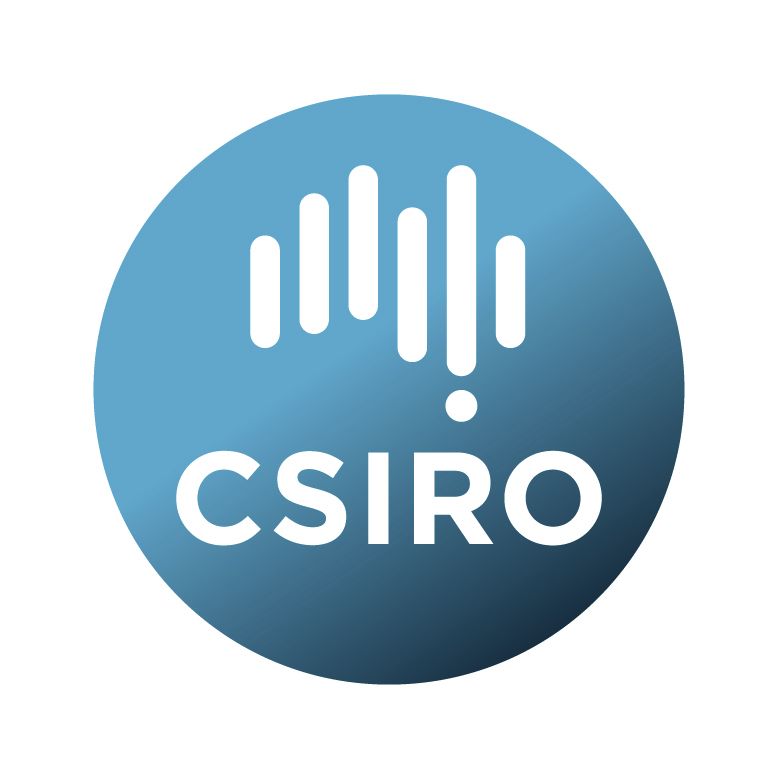Brief description
Genotyping-by-sequencing data (raw reads and assembled/aligned) for conservation genomic study on Corybas acotiniflorus species complex (Acianthinae, Diurideae, Orchidaceae).Reference:
Natascha D. Wagner, Mark A. Clements, Lalita Simpson, Katharina Nargar: Conservation in the face of hybridisation: genome-wide study to evaluate taxonomic delimitation and conservation status of a threatened orchid species . Conservation Genetics (accepted manuscript).
Lineage: Material: The dataset includes 70 samples from the Corybas aconitiflorus complex: C. aconitiflorus (24 samples, 9 localities), C. barbarae (32 samples, 5 localities), C. dowlingii (14 samples, 2 localities), and Corybas pruinosus (2 samples). Sampling focused on the south-eastern distribution of the C. aconitiflorus complex. It extended from the restricted distribution of C. dowlingii (between Port Macquarie and Newcastle, New South Wales) ca. 300 km northwards to the border between New South Wales and Queensland (Uralba), ca. 1,200 km southwards to Tasmania (Ulverstone), and ca. 600 km eastwards to Lord Howe Island.
DNA extraction, ddRAD library preparation, and sequencing: Total DNA was extracted from silica-dried leaf material using a modified CTAB protocol (Weising et al. 2005). Double-digest restriction-site associated DNA (ddRAD) sequencing libraries were prepared following Peterson et al. (2012) with the enzyme combination PstI and NlaIII. Quality and reproducibility of libraries and DNA sequencing were assessed by running five samples in duplicate (6.9 % of all samples). Multiplexed libraries were sequenced on one lane of a NextSeq500 sequencing platform (Illumina Inc., San Diego, CA, USA) as single-ended, 150 bp reads at the Australian Genome Research Facility (AGRF; Melbourne, Victoria, Australia).
Bioinformatics and data filtering: Quality of the sequence reads was examined using FastQC v.0.11.5 (Andrews 2010). Raw sequences were demultiplexed, trimmed and further processed using the ipyrad pipeline v.0.6.15 (Eaton and Overcast 2016). In an initial filtering step, reads with more than five low quality bases (Phred quality score < 20) were excluded from the data set. The phred quality score offset was set to 33. The strict adapter trimming option was selected, and a minimum read length of 35bp after trimming was chosen to retain a read in the dataset. After these quality-filtering steps, the reads were clustered within and across samples by similarity of 85% using the vclust function in VSEARCH (Edgar 2010). The alignment was carried out using MUSCLE (Edgar 2004) as implemented in ipyrad. Clusters with less than six reads were excluded in order to ensure accurate base calls. The resulting clusters represent putative RAD loci shared across samples. A maximum number of five uncalled bases (‘Ns’) and a maximum number of eight heterozygote sites (‘Hs’) was allowed in the consensus sequences. The maximum number of single nucleotide polymorphisms (SNPs) within a locus was set to ten and the maximum number of indels per locus to five. For the sample set including all accessions of the C. aconitiflorus complex as well as two accessions of C. pruinosus as outgroup ipyrad runs for two different datasets were generated, i.e. based on loci shared by at least 20 individuals (m20) and on loci shared by at least 70 individuals (m70). Additionally, the same settings were used for ipyrad runs excluding the outgroup (C. pruinosus, 2 samples).
Available: 2020-12-02
Data time period: 2015-04-01 to 2020-10-26
Subjects
Australia |
Biological Sciences |
Conservation and Biodiversity |
Corybas |
Diurideae |
Environmental Sciences |
Environmental Management |
Evolutionary Biology |
Genetics |
Genetics Not Elsewhere Classified |
Orchidaceae |
Plant and Fungus Systematics and Taxonomy |
Species delimitation |
Taxonomy |
conservation genomics |
double-digest restriction site associated (ddRAD) sequencing |
User Contributed Tags
Login to tag this record with meaningful keywords to make it easier to discover
Identifiers
- DOI : 10.25919/5VYN-MH60

- Handle : 102.100.100/386289

- URL : data.csiro.au/collection/csiro:47145



